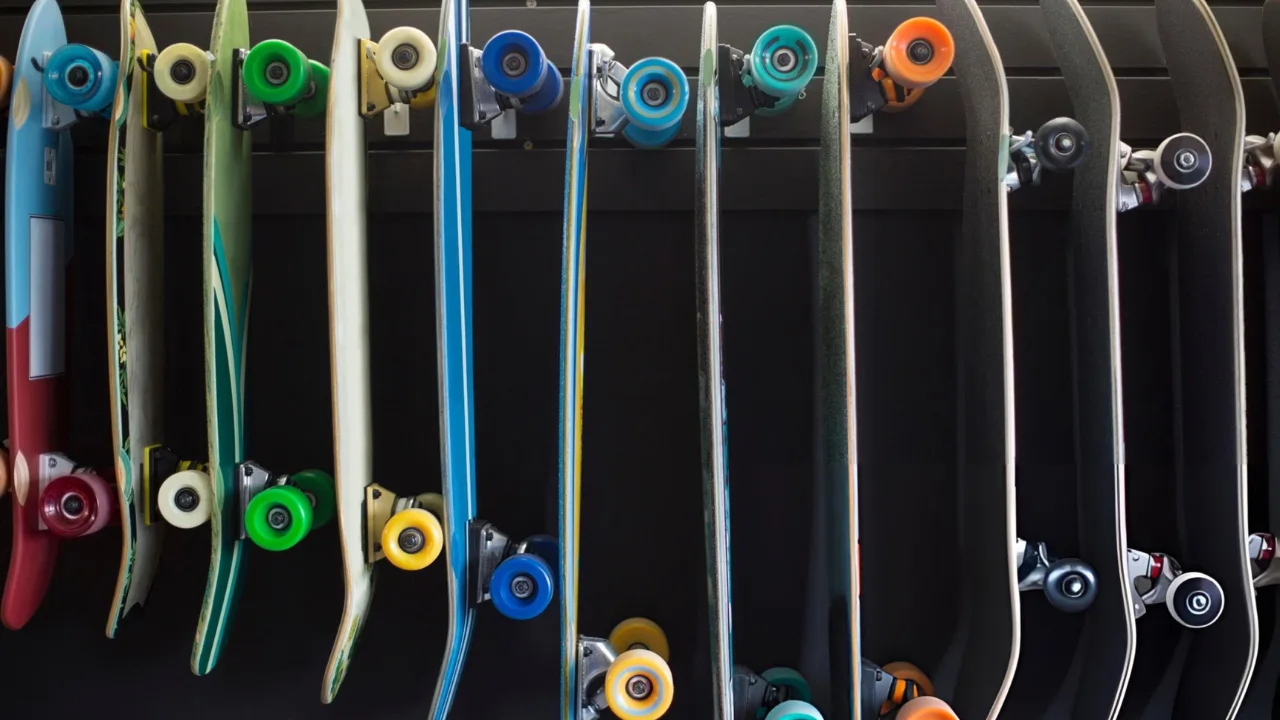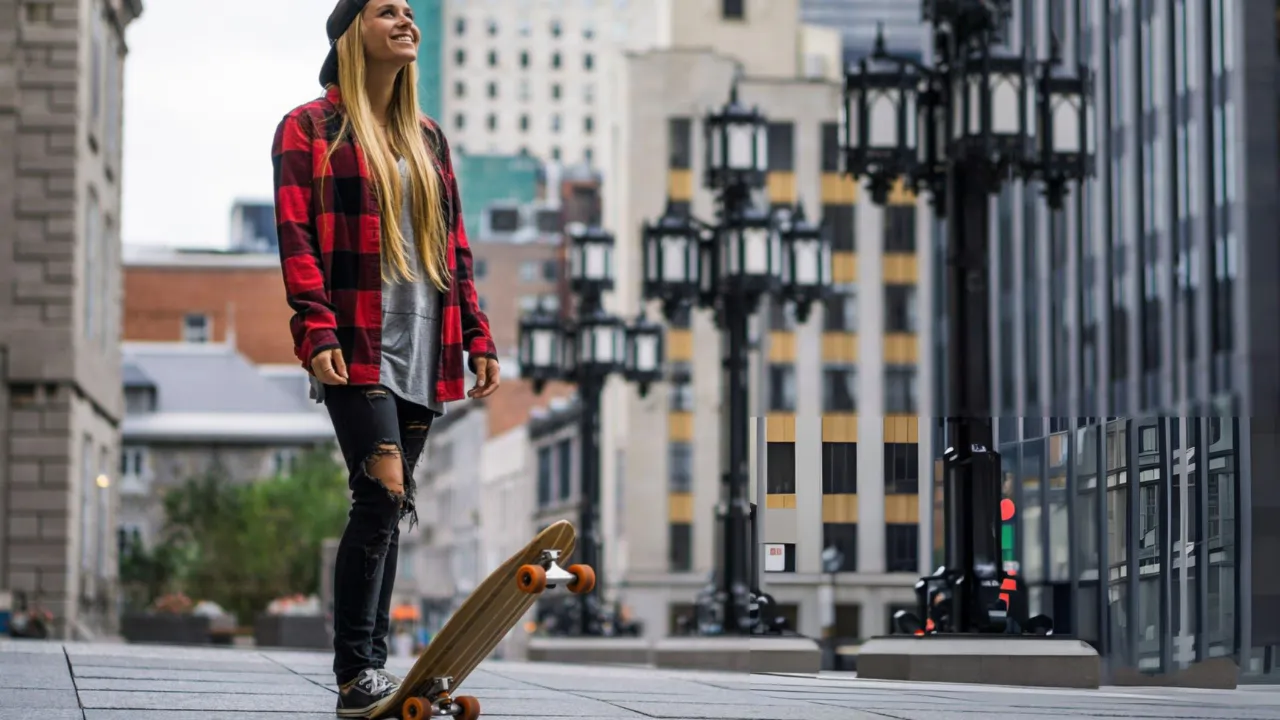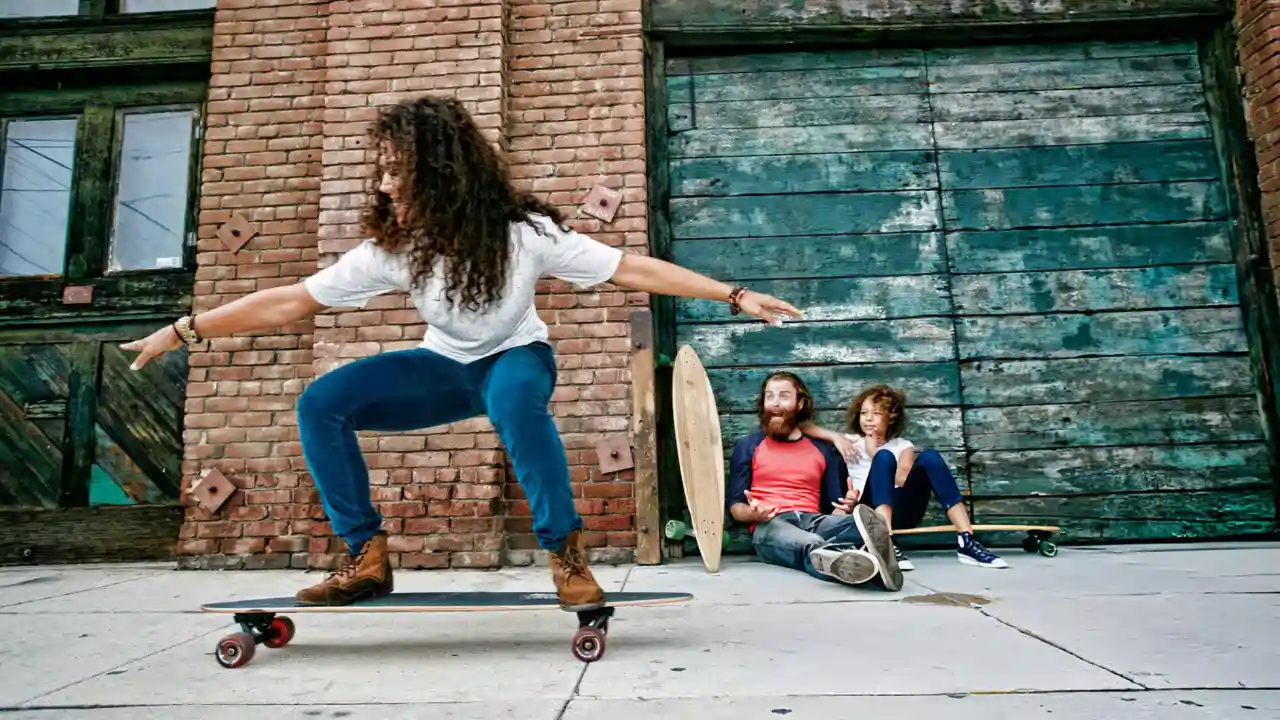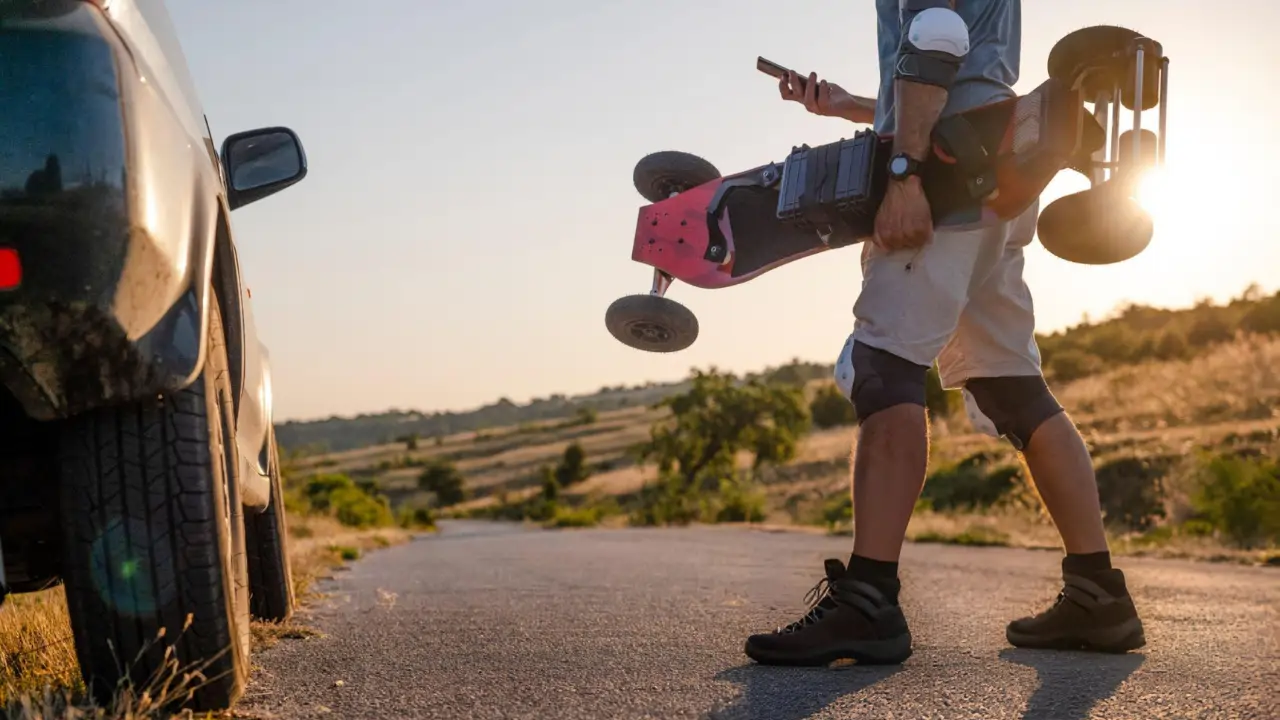10 Types of Skateboards – Ultimate Guide for Every Skater

Skateboarding is more than just a sport; it’s a lifestyle, an art form, and a mode of transportation. However, with the multitude of types of skateboards available, it can be daunting to select the right one. Whether you’re a beginner or a seasoned pro, understanding the various skateboard types is crucial. This knowledge will empower you to optimize your skating experience. So, let’s explore the diverse world of skateboards and find the perfect fit for your needs.
Table of Contents
Different Types of Skateboards
Skateboards come in various shapes and sizes, each designed for a specific purpose. In this guide, we will take a comprehensive look at each of the main categories, leaving no stone unturned, to ensure you have all the information you need to make the right choice.
1. Traditional Skateboards

- Description and Features
Skateboards are one of the most common types of sporting equipment. They are also known as street skateboards or park skateboards. Skateboards have a concave deck and a symmetrical shape. They usually measure between 7.5 and 8.5 inches wide and are concave. Due to their small size, rugged wheels, and narrow trucks, these skateboards are perfect for performing tricks of any kind. - Best Use Cases
It is ideal for street skating, skateparks, and technical tricks in skateparks. If you are into ollies, kickflips, and grinding rails, this skateboard is the best choice.
2. Cruiser Skateboards

- Description and Features
The purpose of cruisers is, you guessed it, to take you cruising! As a result of their more expansive decks and softer, larger wheels, they provide a smooth ride on a wide range of terrains. As a result of the kicktail at the back, the vehicle is more straightforward to maneuver. - Best Use Cases
These bikes are ideal for commuting to and from work and casual rides around town. Choosing a cruiser is one of the best things you can do if you want to take a comfortable ride while easily avoiding obstacles.
3. Longboards

- Description and Features
Compared to traditional skateboards, longboards range from 33 to 59 inches, depending on the manufacturer. A large, soft wheel is on every one of them, and the wheels are designed to be stable and fast simultaneously. - Best Use Cases
This wheel is best used for long-distance riding, downhill racing, and carving. Longboards are the way to go if you are looking for a relaxed ride or if you would like to coast effortlessly down a hill.
4. Mini Cruisers
- Description and Features
These miniature cruisers are often made of plastic and compact versions of larger ones. Although they have the same soft wheels and cocktails, they are smaller and more portable than their bigger counterparts. - Best Use Cases
The device was an excellent solution for short commutes and was easy to carry around. If you’re searching for a skateboard that’s easy to carry around and fits in a backpack, mini cruisers are the perfect choice.
Old School Skateboards
- Description and Features
In general, these skateboards are characterized by having a wide nose and tail and a flat, square shape. A common feature of them is that they have larger, softer wheels. - Best Use Cases
This skateboard can perform many old-school tricks and pool skating tricks. If you enjoy a retro style and skate in bowls and pools, an old-school skateboard would be best for you.
5. Electric Skateboards

- Description and Features
Electric skateboards are powered by an electric motor and controlled by a remote control. They allow the rider to glide effortlessly along the board’s surface. In terms of speed, range, and power, they vary from one another. - Best Use Cases
It is the perfect commuter bike for those looking for a smooth and effortless ride. Electric skateboards are excellent for covering long distances without breaking a sweat.
6. Freestyle Skateboards
- Description and Features
A freestyle board is designed for performing tricks on flat ground. It is usually longer and has symmetrical tails, which allow it to be used to skate in multiple directions. - Best Use Cases
It is the perfect surface for performing dance moves and technical tricks on flat surfaces. Skateboards that can be turned into freestyle skateboards are ideal for those who enjoy choreographed routines and spins.
7. Downhill Skateboards
- Description and Features
Skateboards designed for downhill use have stiff decks, wide trucks, and large, soft wheels ideal for speed. For stability, they are commonly designed with a drop-through or top-mount design. - Best Use Cases
The best type of race for this product is a high-speed downhill race. Downhill skateboards are designed for people who desire adrenaline and enjoy racing down steep hills.
8. Slalom Skateboards
- Description and Features
It is a skateboard designed specifically for weaving through cones or tight spaces. In addition to their narrow trucks and decks, their wheels provide excellent grip and traction on the ground. - Best Use Cases
Whether you are racing slalom or tight turns, this machine is perfect. Many skateboards on the market cater to your needs for agility and precision.
9. Street Skateboards
- Description and Features
Skateboards are similar to traditional skateboards but with a slightly narrower deck and harder wheels than conventional skateboards. They are designed to skate on the street and technically perform tricks. - Best Use Cases
It is a great skateboard for urban environments and trick-heavy sessions. If you enjoy skating stairs, ledges, and rails, a street skateboard is the best choice.
10. Vert Skateboards
- Description and Features
This skateboard is suitable for vertical ramps and half-pipes, as its broader deck and larger wheels facilitate stability on these surfaces. - Best Use Cases
This product is ideal for people who like vert skating and performing aerial tricks. Vert skateboards are the perfect board for those who love catching air on ramps and half-pipes.
Comparison of Different Types of Skateboards
- Key Differences
There are many different types of skateboards, each with unique features designed to suit a particular style. There are traditional skateboards that are great for tricks, cruisers that give you a smooth ride, longboards that are fantastic for distance, and electric skateboards that provide effortless mobility. - Pros and Cons of Each Type of Skateboard
Even though traditional skateboards are versatile and can be used for long rides, they can be uncomfortable. There is nothing wrong with cruisers as they are comfortable, but they are less suitable for tricks. The longboard is a good option for those who want stability and speed, but can also be bulky. The ease of using an electric skateboard comes at a price, and maintenance requirements come with it.
Conclusion on different Types of Skateboards
There is no one-size-fits-all skateboard when choosing the right one for your skating style and needs. There is a skateboard for every kind of skater, whether you’re into tricks, cruising, or racing downhill. You can enhance the quality of your skating experience by understanding the different types of skateboards available today and making an informed decision to buy one. Take your board out on the street, hit the streets, and experience the thrill of riding your board!
Frequently Asked Questions (FAQs) on Types of Skateboards
Are there any skateboards suitable for beginners, and if so, what are they?
A skateboard that follows the traditional skateboarding style or even a cruiser would be ideal for beginners. It lets you learn the basics more quickly since they balance stability and maneuverability well.
Do longboards work for tricks? Can I perform tricks on them?
Although longboards are designed primarily for cruising and going downhill, they can also be used to perform tricks. However, they aren’t as suitable for technical tricks as traditional skateboards.
How often should I replace my skateboard?
It depends on how often you skate and what kind of skating style you prefer. The number of boards that street skaters will need to replace every few months depends on their level of use, while casual skaters may need to replace their boards every few years.
In your opinion, are electric skateboards safe to use?
Using electric skateboards responsibly is the key to ensuring their safety. Always wear safety gear, follow traffic rules, and be conscious of your speed, especially in a crowded area.
Do you know what the difference is between a cruiser and a longboard?
The cruisers are shorter and more maneuverable than the other types of bikes, so they are ideal for short commutes and tight spaces. With longboards, you will experience more stability and speed, making them perfect for long-distance rides and downhill racing.
